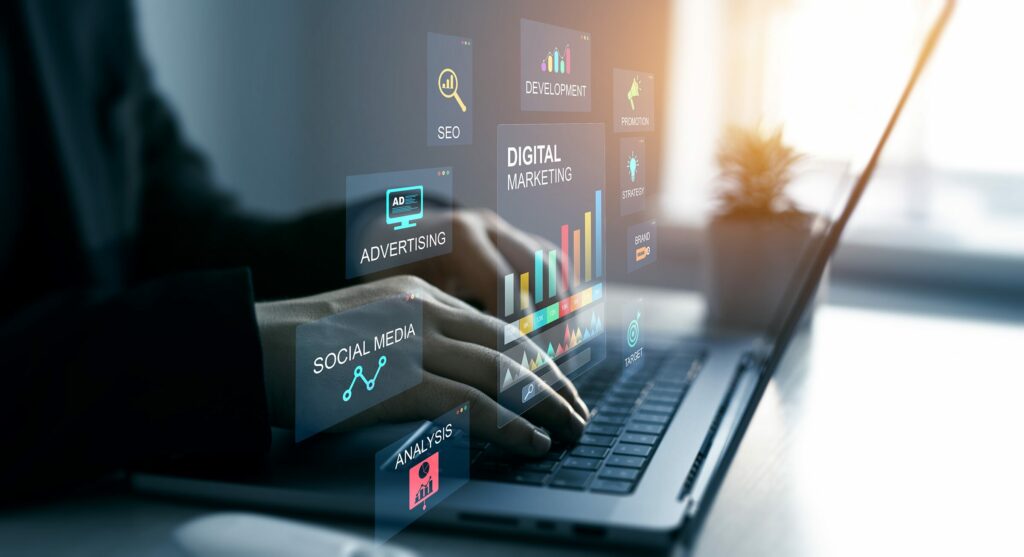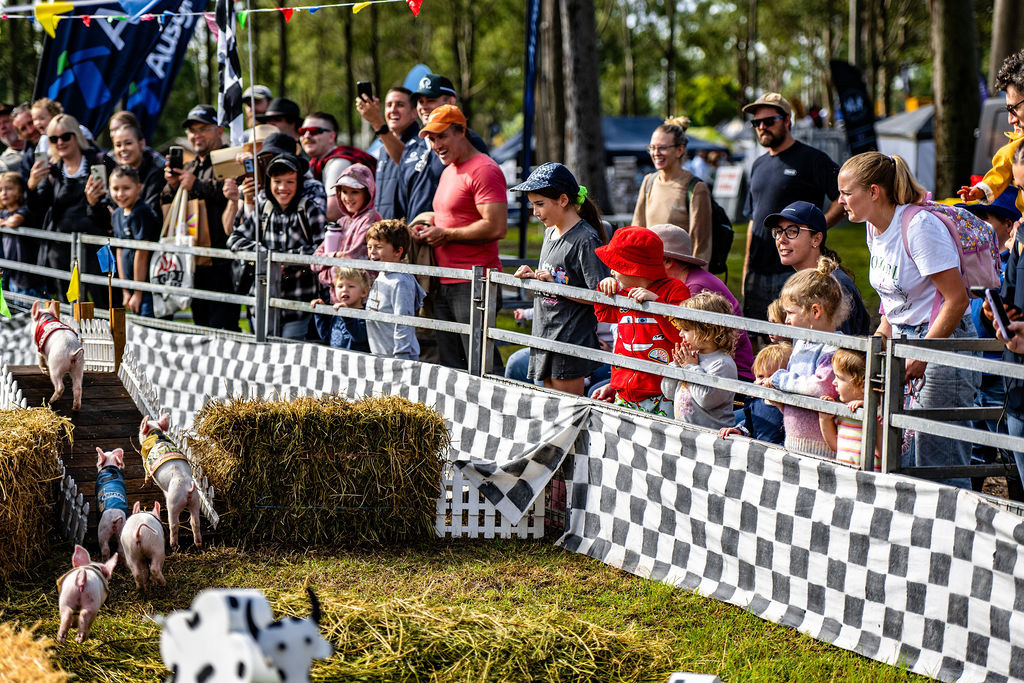This is a classic. Originally published in 1980 the book has come to form a core part of business management and strategic thinking. Despite its age, the fundamentals have remained important for business owners and managers to understand their competition and respond accordingly. Although it is quite academic, it is a read that inspires action because it is accessible and illustrated well with compelling examples.
The frameworks and strategies are more important now than ever, with the focus on developing start-ups and the race to high valuations, and the pace of technological advancement that offers opportunity to disrupt industries. The book makes you think about your place in this environment, as well as your industry, and allows you to identify levers you can pull quickly in response to any competitive threat.
The most well known concept in the book, at least for me, is the Five Forces of Competitive Strategy. This provides a framework within which you can use to analyse your position in a market relative to your competitors. The five forces are:
- Threat of new entrants – how easy is it for new companies to take market share, how high or low are the barriers to entry, how strong is your company’s presence in the market to be able to fend off new entrants.
- Threat of substitution – how easy is it for your market to switch from your product or service to an alternative from another industry.
- Bargaining power of customers – how susceptible is your business to customer-driven price reductions or higher costs demanded of higher quality than that of your competitors. If your competitor can produce your product or service at a lower cost or higher quality then they will draw the market.
- Bargaining power of suppliers – how exposed are you to suppliers ability to raise prices or reduce quality.
- Intensity of rivalry – the core of the forces, impacted upon by the preceding four, how is the industry reacting. How many rivals do you have? How does their offering compare? Is there a price battle, new products and variations, heavy marketing and advertising frequency, is quality beating price
A business can assess themselves and their market within this framework to determine how strong they are comparative to competitors, how wary they need to be of disruption. From here they can gear themselves to attack or defend accordingly.
Porter identifies three primary strategies businesses can use to attack or defend competitive pressures.
- Cost Leadership – where your business has lower operational costs in your market which leaves room to lower prices if competitive pressure or buyer power demands it.
- Differentiation – where you produce a product or service, or have a variation or feature, that the market perceives as unique. Apple is an example of this in terms of design and quality perceptions. This combats against buyer power as price becomes less of an issue, but it potentially exposes more risk of supplier pressure as the pool of suppliers is much smaller.
- Focus – where a business will concentrate on a niche product, demographic, or geographic market. This reduces the potential market making it less attractive to competitors.
Key to competitive strategy is the ability to predict or assess your competitor’s actions. Porter defines four elements of competitor analysis:
- Assessing competitor future goals – you (usually) are not in the loop to know what your competitor’s future goals may be but you can form an assessment based on their activity and market feedback.
- Identifying your competitor’s assumptions – what are their values that influence their decisions, how do they react to externalities in the environment, knowing these can help us predict their reactions faster to changes and influences in the marketplace.
- Understand your competitor’s current strategies – what are they doing in terms of delivery, marketing, new service development.
- Assess your competitor’s capabilities – what is their ability to deliver in response to competitive pressures.
Porter provides examples of how this can be put into practice showing how companies assess their competitor’s decisions and announcements as indicators and signals of their intent, but also how a business can signal and act in a way that influences a competitor in a way that is advantageous to itself.
The book explores how the framework, strategies, and competitor analysis can work in different industry environments, for example, in fragmented, merging, mature, declining industries, and global industries, which is particularly useful in the modern environment.
Lastly, out of a number of strategic decisions, Porter details vertical integration as a means of strategic benefit. This last section, however, is the only part of the book that has the potential to date and I believe makes the perfect departure point for Blue Ocean Strategy as a complement for a deeper set of strategic awareness for modern times.
I originally read this book while completing a Master in Business & Technology, it was recommended reading in nearly every subject, and rightly so. Not only is it clear and well presented, content-rich, and easy to understand, but it can form both the foundation and pillar of your strategic thinking when it comes to decision making for business growth.




